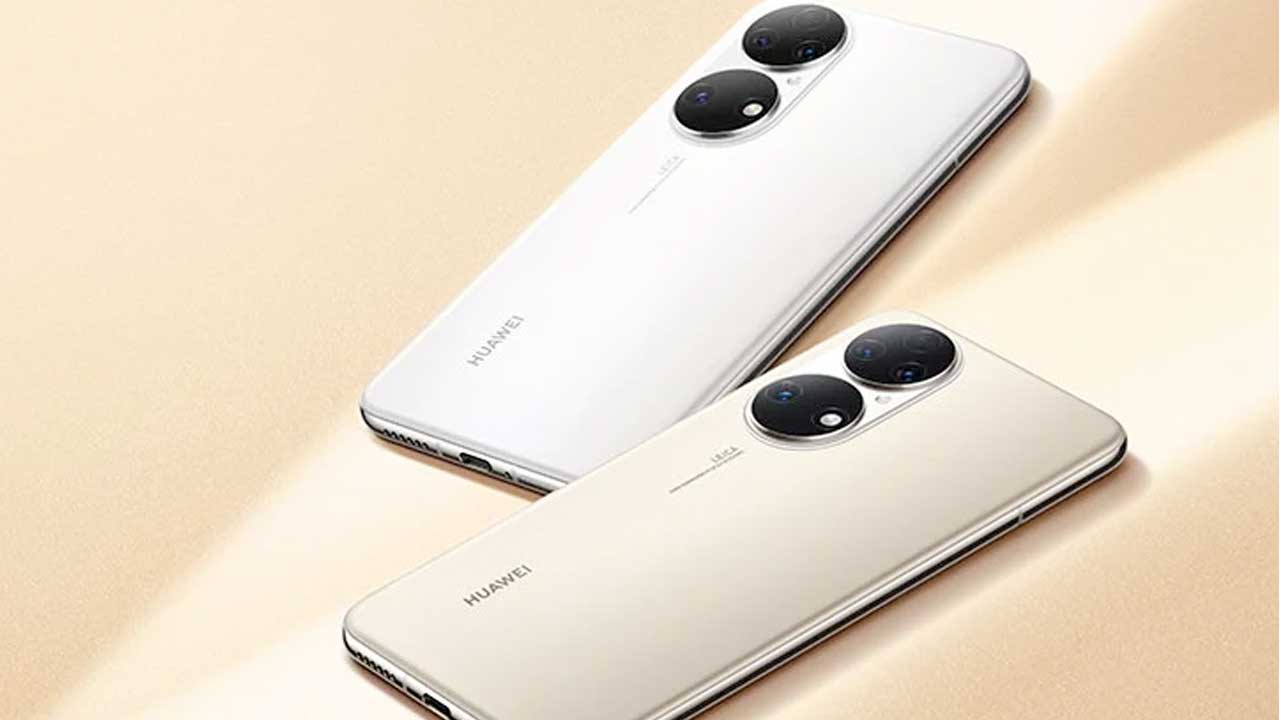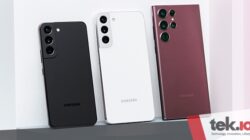Huawei has introduced the first Dual-Matrix camera system embedded in the HUAWEI P50 Pro. The main camera on the HUAWEI P50 Pro is assembled from two lenses, consisting of one RGB lens, one monochrome lens, and a multi-spectrum sensor adapted to advances in the AI-Raw concept.
This allows the main camera on the HUAWEI P50 Pro to be able to maintain the authenticity of the colors of the resulting photos. In this article, Huawei will describe how the camera system on the HUAWEI P50 Pro can capture more realistic images.
Most people are confused when it comes to choosing the right camera to take photos. Although many smartphones feature cameras with a very large number of pixels, when zoomed in, the resulting photos look blurry.

In fact, imaging capabilities (imaging) at night is also worse. This is what makes the photo less realistic. Not even a few people see it tends to be similar to an oil painting due to the insufficient amount of light entering the camera sensor.
For example, the color sensor found in most smartphone cameras on the market basically uses a Bayer setting with 4 color pixels as a single unit. Light consists of 3 main colors, namely Red (red), Green (green), and Blue (blue).
In this case, the Bayer settings use the RGBG format (red, green, blue, green). However, this type of color filter allows only one color of light to enter. For example, for a white light color sensor, only a third of the light intensity can propagate to each pixel.
If only green light enters, then pixels R (red) and B (blue) will not receive any photos. This method not only limits most of the light intensity received by each pixel, but it also doesn’t make the significant difference that the other two colors should make when displaying a single color.
Pixels that do not receive photons will display a black image image. Therefore, many cameras use an interpolation algorithm during image imaging to fill in missing pixels with the surrounding color.
This shouldn’t be a problem. However, the brightness of the pixels filled with the interpolation algorithm is indeterminate, and can be inconsistent with the surrounding color causing the image to look like an oil painting.
In addition, many smartphone photos look good at first glance, but when zoomed in, the pixel detail will show poor results such as greasy. This problem is more obvious when taking photos at night or when the ambient lighting has decreased.
The relatively low brightness at night and the limited brightness of the filter causes the sensor to receive more pixels without photons, resulting in images that look less real or even worse.
To directly avoid this situation is to increase the amount of light entering the sensor. Even using the same RGB color sensor, this can only increase the pixel sensor’s sensitivity to light or reduce its shutter time.
On the other hand, this creates two more problems. Increasing sensitivity will also increase sensor noise (noise), resulting in an image with red dots like specks. In addition, if you want to extend the shutter time, you must need good sensor stability.












